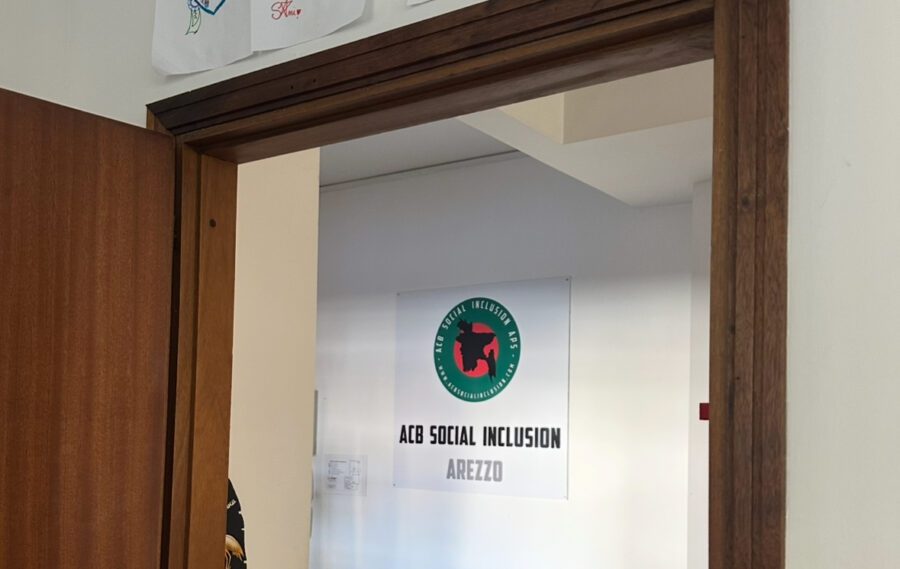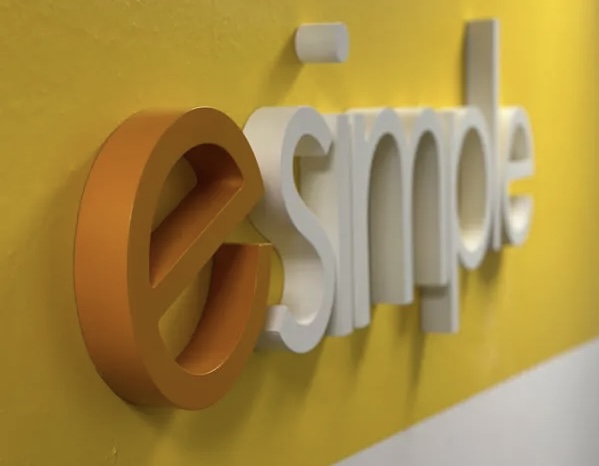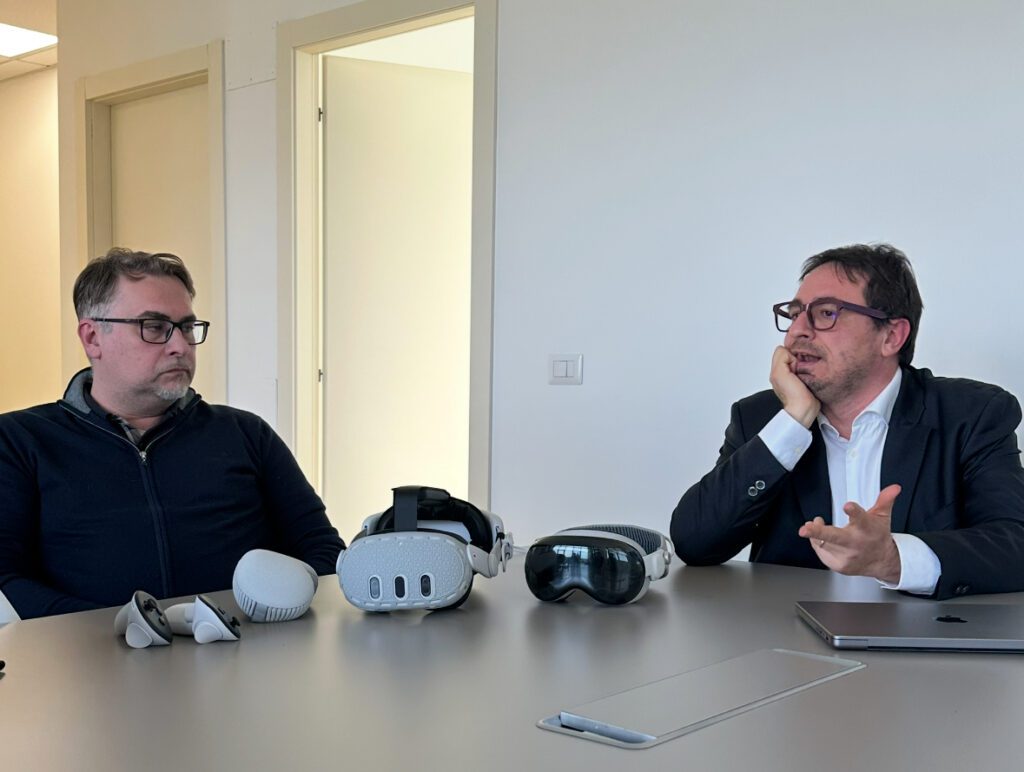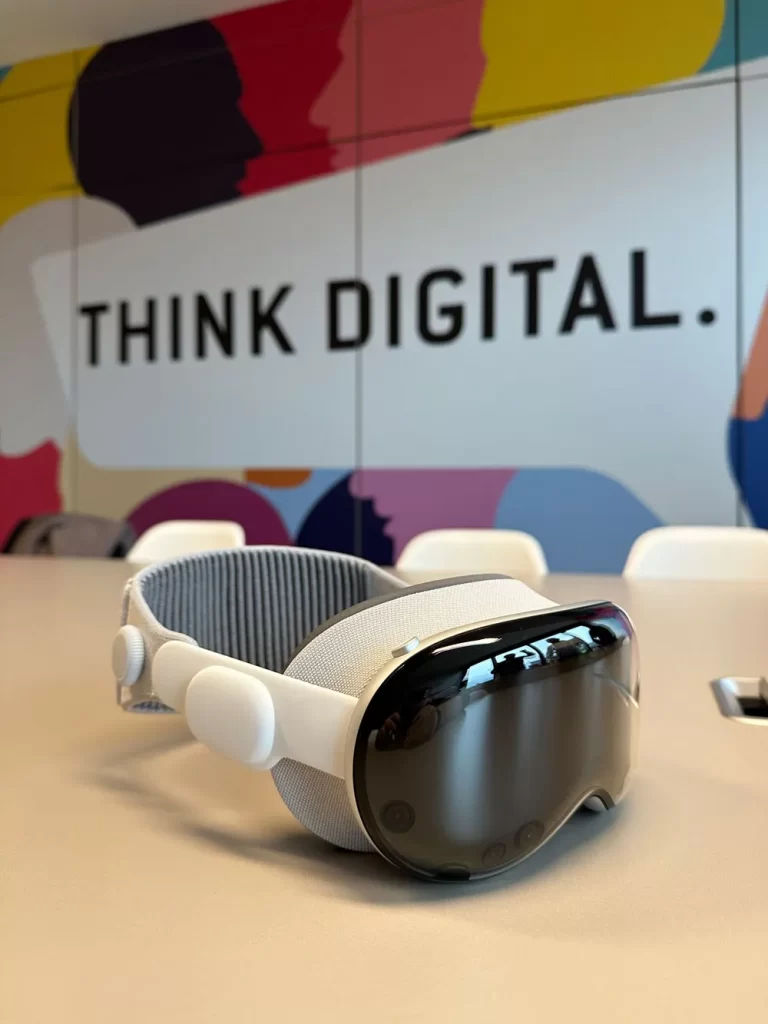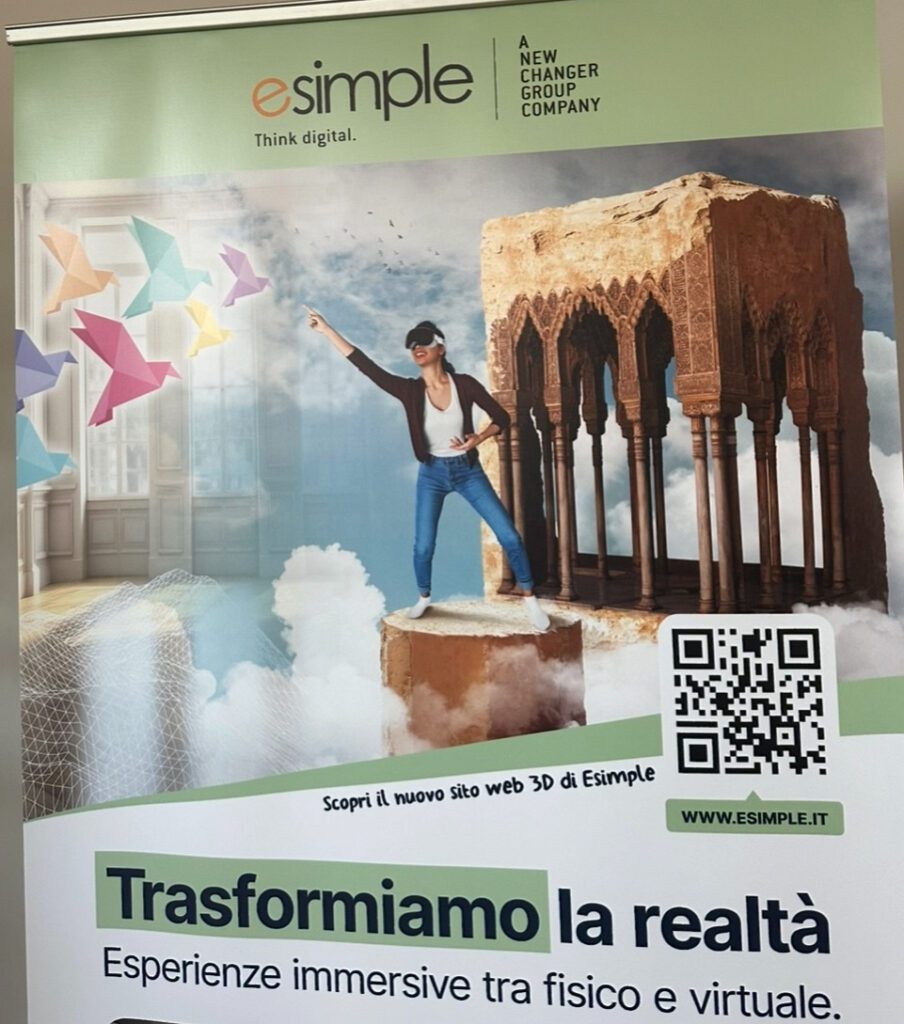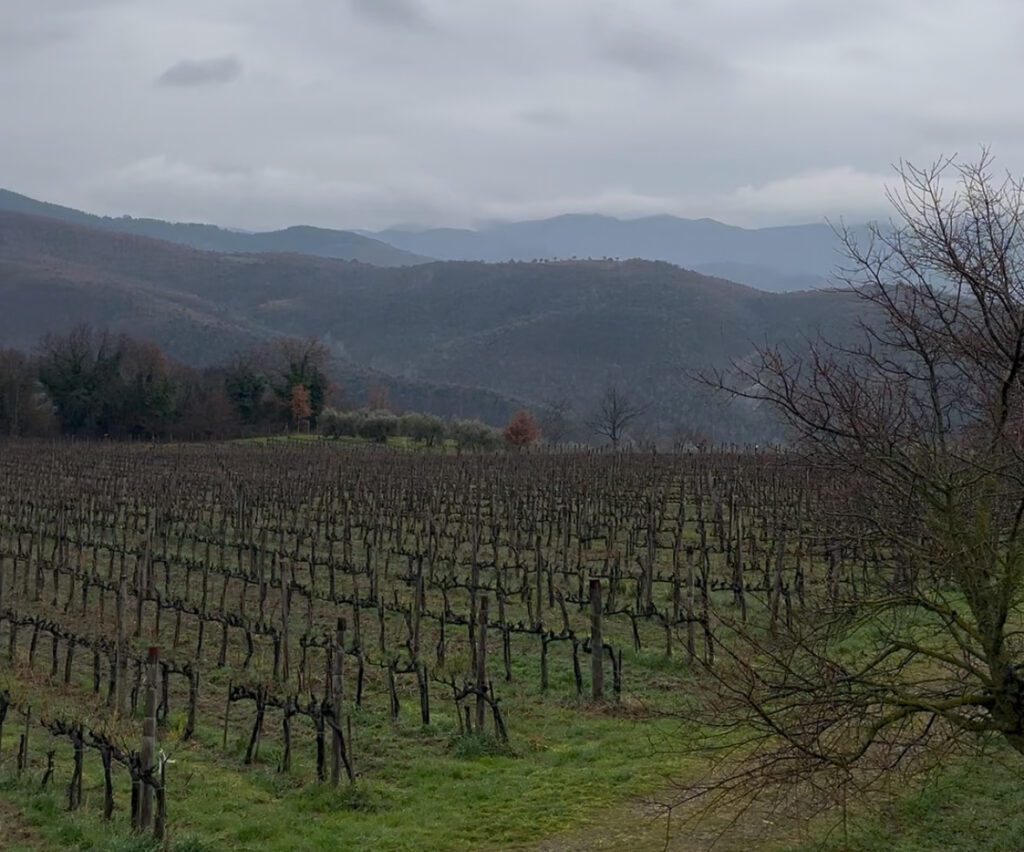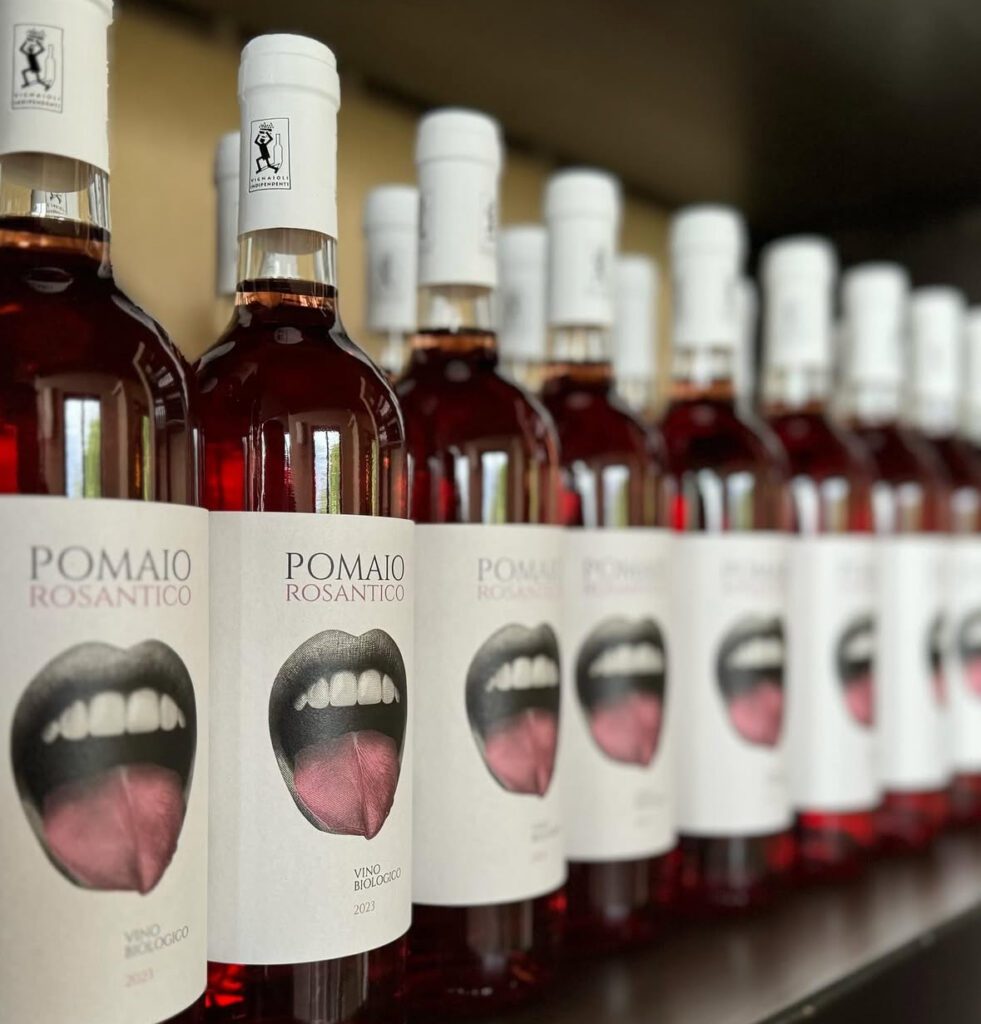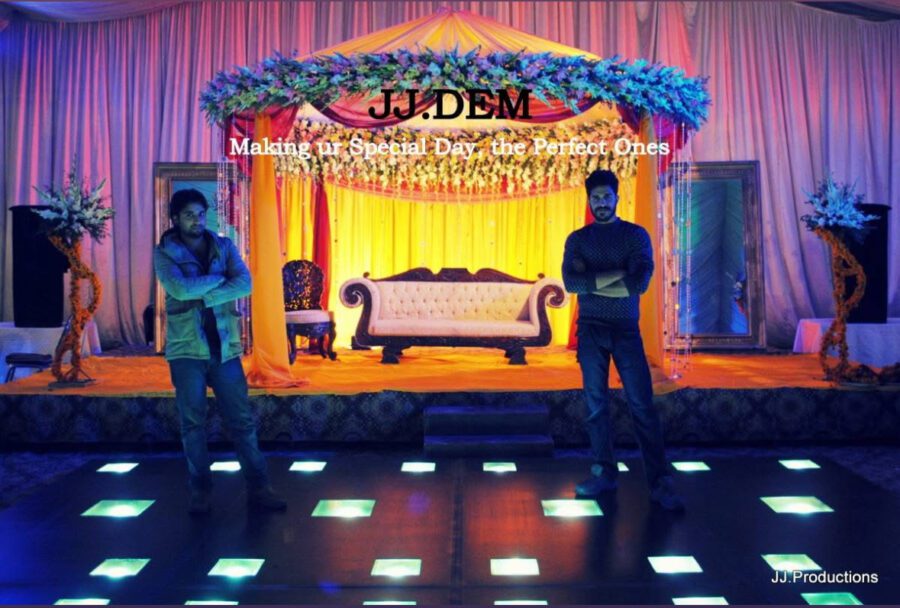For our final site visit, my Innovators in Journalism classmates and I visited the office of ACB Social Inclusion. This nonprofit organization, founded in 2006 and reintroduced as ACB in 2014, has a very fitting name. Their mission is “promoting the inclusion and enhancement of diversity by responding to the needs of the territory.” While there, we learned that one of their major focuses is supporting migrants in Arezzo. According to their website, they aim to “devote ourselves completely to the listening desk to support the most vulnerable people, to the activity of linguistic-cultural mediation, particularly with schools in the area, and to many training activities for adults and educational programs for children, all with the goal of improving Italian language skills among migrants.” A beautiful mission, and the first of its kind in Arezzo. How’s that for innovative?
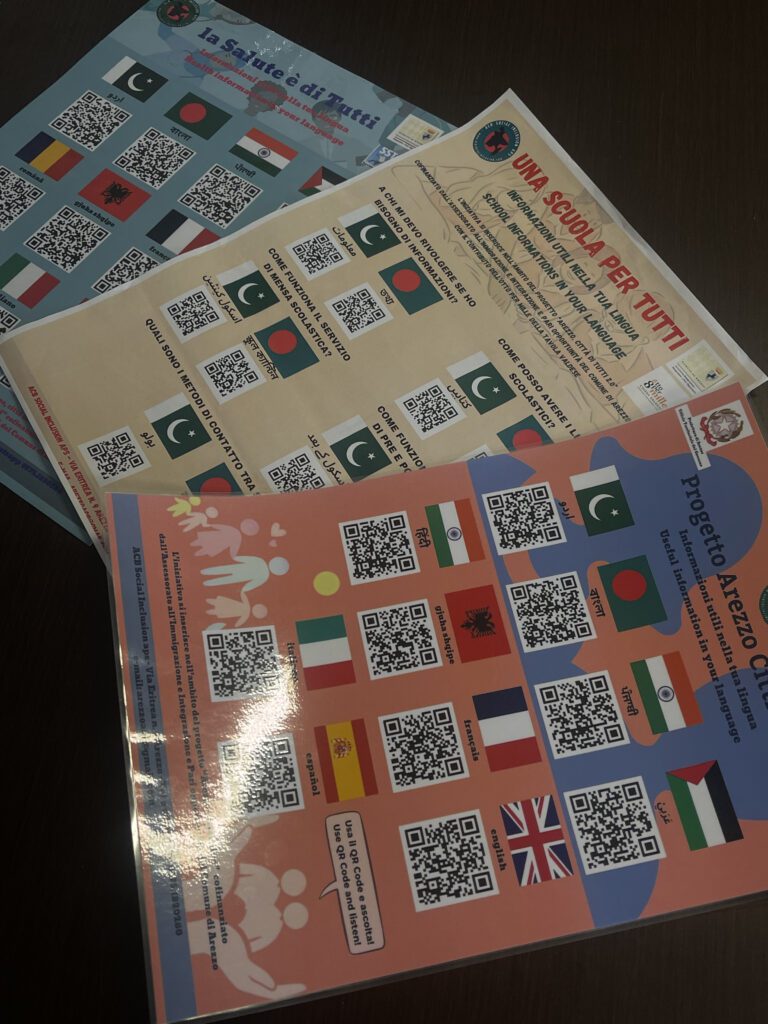
One of the ways ACB helps migrants is with QR codes to helpful videos in their language.
This week, I was assigned the “origin and motivation” theme of innovation. I told Paola Miraglia, the director of ACB and the person we interviewed, that I thought it was the best topic to have for this week’s site visit. After hearing her speak about their work, I felt even more confident about this.
When I asked how the organization started, and whether there was a gap in the market, Miraglia quickly responded that in Italy, “a gap is the normality.” In other words, the system is full of barriers. ACB’s founder recognized just how complex and confusing Italian immigration laws could be for foreigners, and the lack of resources that could help them navigate.
“People coming here can’t understand Italian law, and the system is very difficult for them,” Miraglia told us. “And in our opinion, it was very important to have someone who could explain, but also assist these people, and accompany them.” For migrants coming to Arezzo, “there was this need for a kind of specialization,” she said. And so ACB Social Inclusion was born.
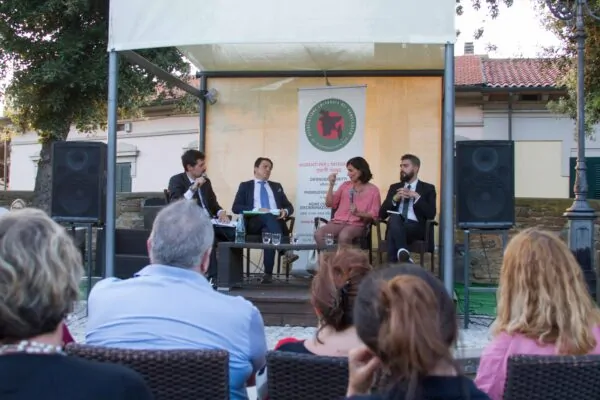
The staff of ACB with local leaders and experts on World Refugee Day. “With events like the one on June 20, we reiterate our daily commitment to creating a more just, inclusive and open society in compliance with the laws and its institutions.”
That response, that desire to step in where government institutions failed, is innovation. ACB wasn’t created to offer services and make a profit; it was made to help real people who were struggling in a new, unknown environment. They noticed a hole in the system and they patched it, purely based on compassion, empathy, and community-building for this often marginalized part of the population. To me, that’s the best kind of innovation.
Naturally, I wanted to know what drives such a team. I wanted to know what keeps this team getting out of bed in the morning and bringing them to ACB everyday. So I asked.
Miraglia told me it basically came down to one thing: solidarity. Especially during the early days of COVID-19, she said, there was this powerful feeling among the team that together, they could make a difference. “That sort of feeling of being a group really helped,” she explained. While they couldn’t fix the pandemic, they could support each other and the people they were working with. The feeling of knowing they weren’t alone in the effort gave them the motivation to keep showing up, even when things were hard. In this case, innovation looked like resilience, teamwork, and refusing to let a global pandemic stop them from helping people.
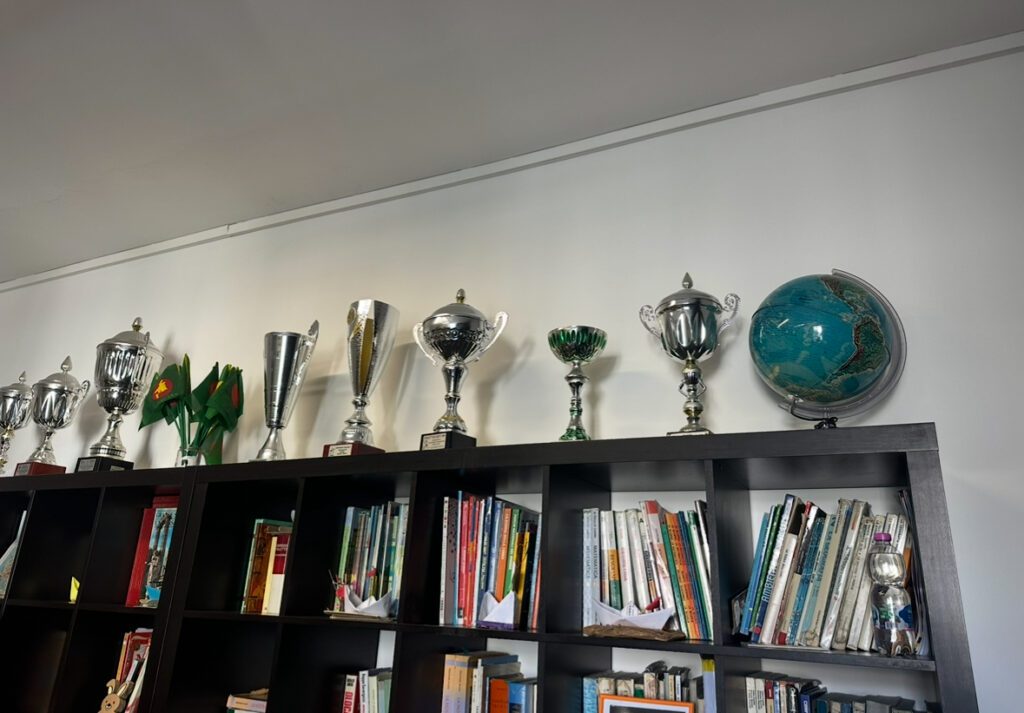
Inside a meeting room with trophies won by some of the kids ACB has helped.
“What’s your favorite part about your job?” was my final question. “It’s not an easy answer,” she started.
In the end, her favorite part of her job is knowing how crucial her role is to ACB’s effectiveness. Now that she’s in more of an organizational position, she’s a bit more removed from the personal stories of the people they help. But in a way, this distance has allowed her to be more productive and effective. When support workers come to her with specific cases, she’s able to stay sort of detached and focus on organizing the steps that need to be taken without getting emotionally overwhelmed. She mentioned that it’s been a natural shift for her, and she’s realized that she’s now more helpful in this role than she was in her original role at the front desk. She’s found a balance that’s still deeply connected to the mission, but with a better perspective that allows her to make a real difference in a different way. This is a reminder that sometimes the best way to help is by finding the place where you can have the most impact, even if it means stepping back a little to get a bird’s eye view.
At its core, this is the very essence of innovation. ACB recognized the needs of others and used the resources they had to make a real impact. They didn’t just see a “gap” in the system, they saw real people struggling and stepped up. By focusing on the human side of things rather than the profit side, they’ve created a space that’s truly making a difference in the lives of those who need it most.
My biggest takeaway from this interview was how powerful having empathy for others can be in driving innovation. ACB proves to me that the most impactful innovation starts with compassion for our fellow humans.
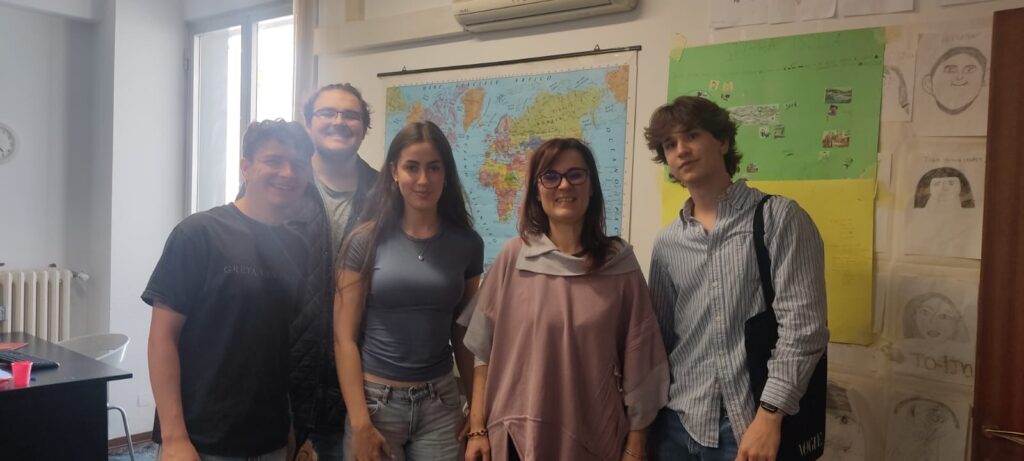
My classmates and I with Paola Miraglia.


